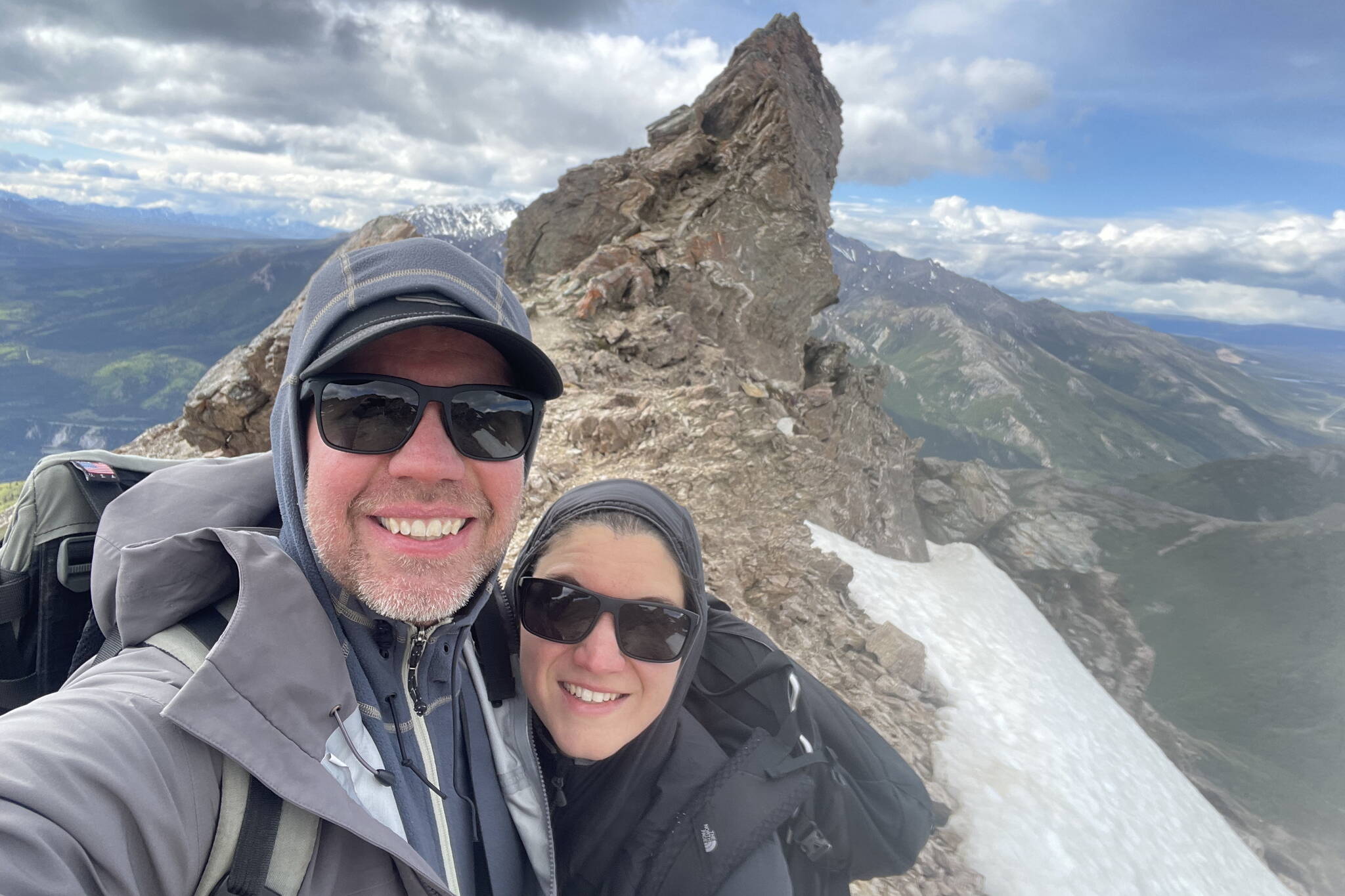The bobber bobbed and I set.
The trashing was immediate as I lifted the fly rod. In this moment, one can get a good idea of how large the fish is. If it comes up as the rod is lifted, it’s typically a smaller fish. If the fish stays down and the lifting only succeeds in bending the rod, you’ve got a good one.
“Is it big?” my wife yelled from up river.
Before I could answer, it left the water and contorted itself in the air before splashing into the current. I turned to look at my wife, who had her answer and was running to the rafts to retrieve the net.
After a few short runs, I glided the fish into the net and we had our first fish of the trip.
Rainbow trout are rainbow trout, but not really. No two are the same, this is obvious, but with so many size, spot and color variations, each one has the potential to be spectacular in a new and interesting way.
This fish was nearly 20 inches of efficiently shaped, liberally spotted, rainbow trout with fuchsia blush on the head and a slightly darker shade running down its flanks. It was the type of fish I had hoped to catch on this river, but whenever you’re on new water it’s best to keep expectations reasonable.
The Matanuska-Susitna Valley is known to have nice trout, but not the magnum variety that swim down in the rivers of the Kenai Peninsula. We spent 10 days on the Kenai Peninsula for our honeymoon in 2021 and had a great time, though we planned the trip out of convenience rather than peak fishing. This time we’d head north from Anchorage and fish our way to Denali National Park, hoping for a chance at some big fish on smaller creeks that we’d be able to float in our Alpacka rafts.
The timing wasn’t bad, but it wasn’t great. The king fishery was closed, but the influx of salmon often moves fish out from protected log snags which are difficult to fish and impossible to fish well without losing flies. So it wasn’t the best time to be fishing but there weren’t crowds. Give. Take.
After a few days of tough fishing with an occasional beautiful fish, we continued north to pitch our tent in Denali National Park. The top of the peak poked out from a heavy skirt of clouds on our way to the campsite. Mountains are mountains. But not really. We spent three nights in the park, camping, and spending time with my brother and his family. The weather was perfect, the mountain in view and wildlife around, but not abundant.
We hopped on one of the buses in Denali and the driver was telling the passengers — some campers like us, others tourists who were staying at a hotel outside of the park — that July is when the full splender of Denali is on display as the hard-horned animals move through the terrain painted yellow, orange and red as the short northern summer begins to end. That would be incredible to see, but the snow was still melting at high elevations and plant life was just about to explode into full bloom. However, there were no mosquitoes. Well, not none, but so few it was noticeable. We could sit outside and enjoy a meal without swatting or needing a 20-knot wind to keep them at bay. It was glorious.
Time moved at a dizzying pace as it does on anticipated trips, and though the timing wasn’t peak by some measures, by others, it was pretty close.
• Jeff Lund is a freelance writer based in Ketchikan. His book, “A Miserable Paradise: Life in Southeast Alaska,” is available in local bookstores and at Amazon.com. “I Went to the Woods” appears twice per month in the Sports & Outdoors section of the Juneau Empire.

